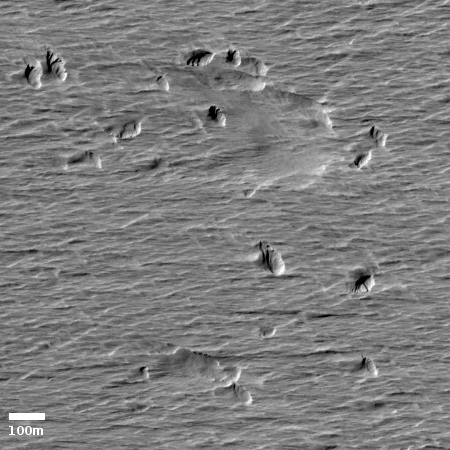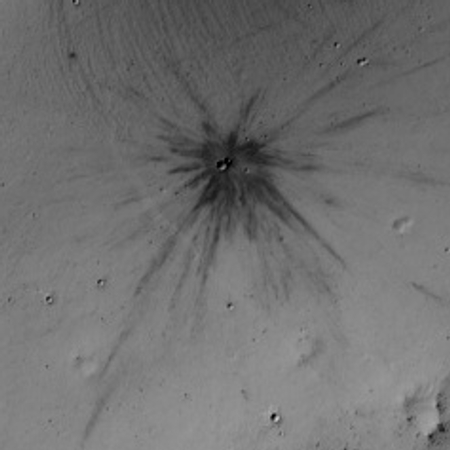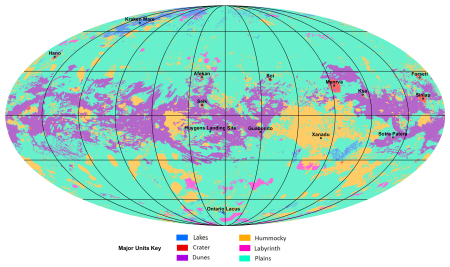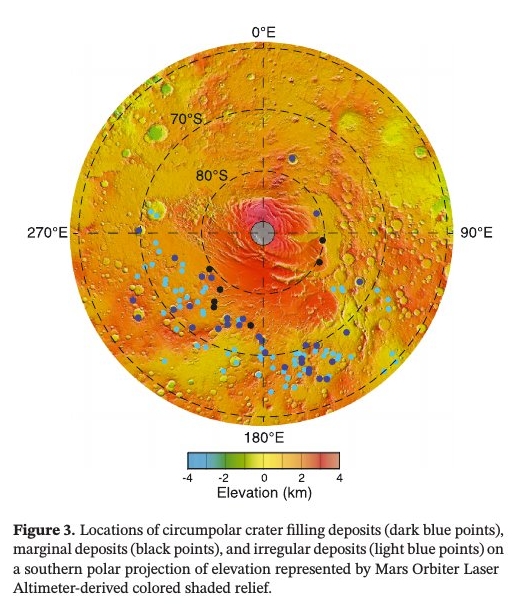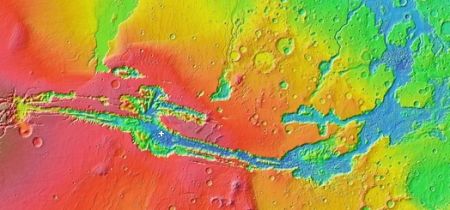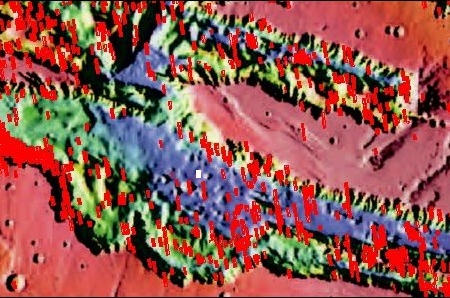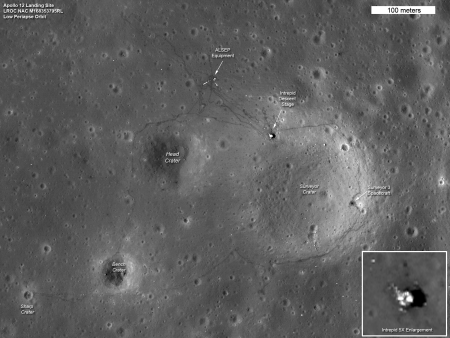Virgin Galactic stock continues its plunge

Capitalism in space: The stock price for Virgin Galactic has continued to fall since it went public on October 28.
The graph on the right shows the trend in the last week, dropping from about $9.50 to $8.75. The stock had opened in October at $12.93 and quickly dropped to that $9.50 number. The more recent drop occurred after the company released its first quarterly report on November 13.
At some point the stock price will stabilize, though I suspect it will have to drop a bit more before that happens. It will then probably rise if or when they finally launch some flights, with paying passengers on board.

Capitalism in space: The stock price for Virgin Galactic has continued to fall since it went public on October 28.
The graph on the right shows the trend in the last week, dropping from about $9.50 to $8.75. The stock had opened in October at $12.93 and quickly dropped to that $9.50 number. The more recent drop occurred after the company released its first quarterly report on November 13.
At some point the stock price will stabilize, though I suspect it will have to drop a bit more before that happens. It will then probably rise if or when they finally launch some flights, with paying passengers on board.


